20 March 2025
Let’s be real—gaming technology is pushing the boundaries like never before. From lifelike textures to jaw-dropping 4K resolutions, high-end gaming visuals have reached a point where they feel almost real. But, here’s the thing: gaming isn’t just confined to PC and consoles anymore. Mobile gaming has skyrocketed, and developers are finding themselves faced with a massive challenge—how on earth do you cram those stunning, high-end graphics into the palm of your hand without blowing up your smartphone or giving it a meltdown?
The truth is, porting high-end graphics to mobile platforms is no walk in the park. There's a mountain of hurdles that developers have to leap over, from hardware limitations to optimization nightmares. So, buckle up, because we’re going to dig into what makes this process such a monster and why we should be applauding devs who pull it off.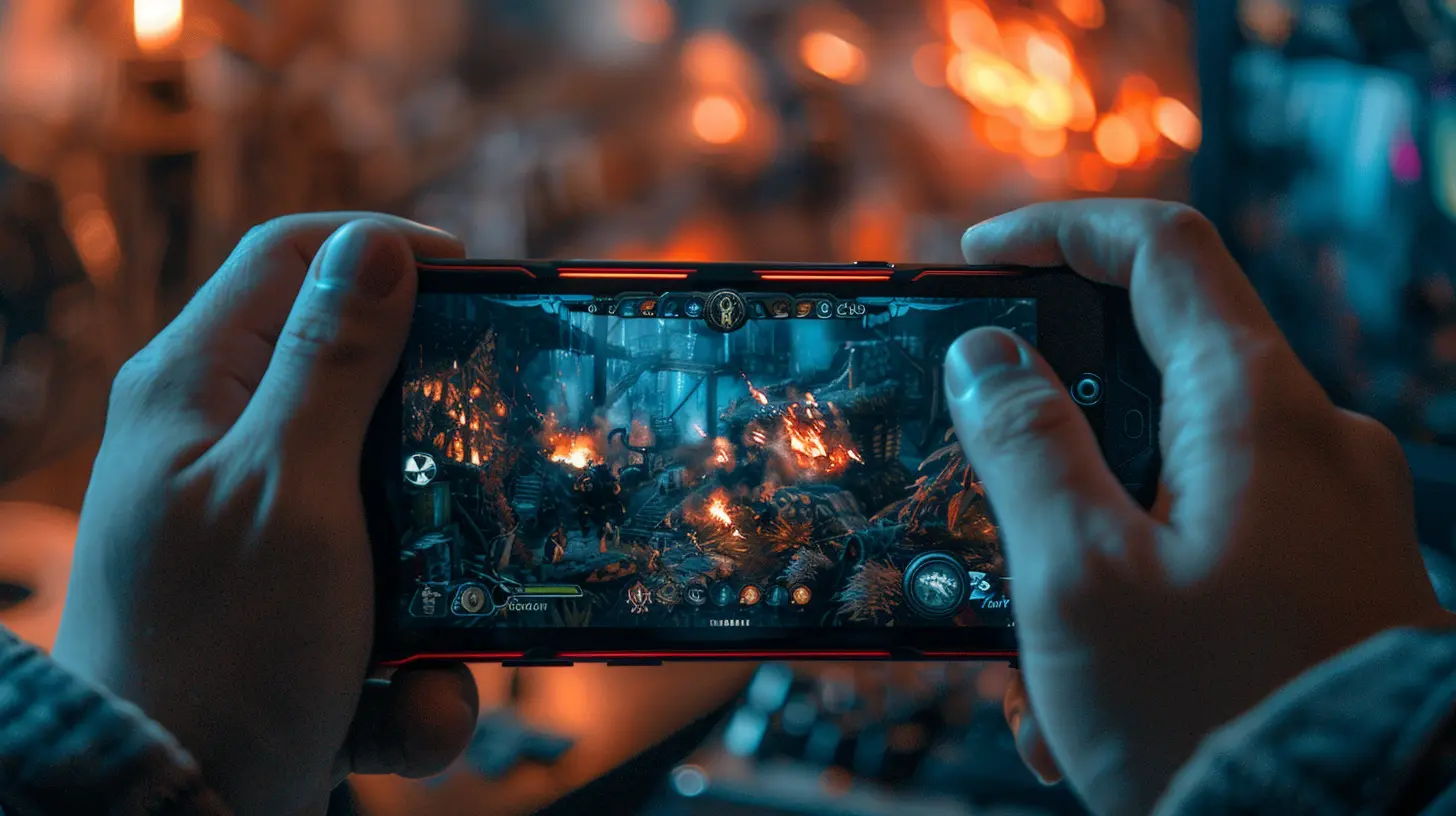
Why Is Bringing High-End Graphics to Mobile Such a Big Deal?
Okay, so before we dive into the nitty-gritty, let’s set the stage. High-end graphics often demand insane amounts of processing power, advanced cooling systems, and, let’s not forget, space—both in terms of storage and screen real estate. Consoles and PCs are well-equipped to handle this, but your mobile phone? It’s just a tiny rectangle in your pocket with a battery that’s already trying to keep up when you doom-scroll through Instagram.So, imagine trying to take a game like “Cyberpunk 2077” or “Elden Ring” and make it run on something that fits in your hand. Sounds impossible, right? That’s because it almost is. Developers have to juggle countless elements, re-engineer some of the game's most complex systems, and make tough compromises—all while still needing the game to look good and, y'know, actually run smoothly. 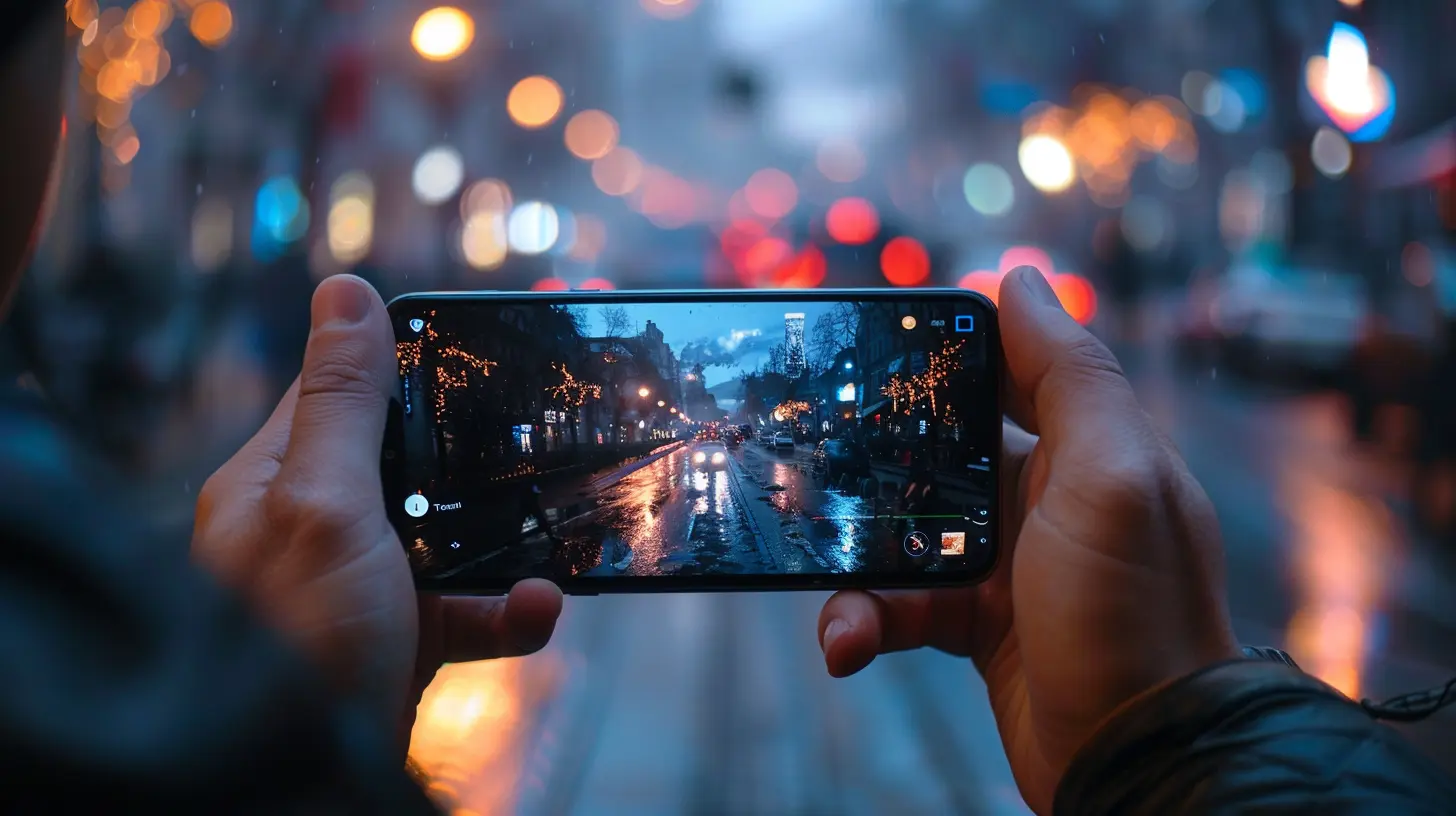
The Hardware Tightrope: A Balancing Act
Let’s talk hardware. Mobile devices are, by design, much less powerful than gaming consoles or PCs. Sure, today’s phones come packed with some mind-blowing tech—fancy processors, impressive GPUs, and oodles of RAM. But even the best smartphone chips don’t hold a candle to the processing power of, say, a PlayStation 5.Thermal Constraints
Here’s an issue most people don’t think about: heat. Consoles and PCs have big cooling fans or even liquid cooling systems to keep everything from overheating. Your phone? It doesn’t have that luxury. The more intense the graphics, the harder your phone has to work, and that means it’s heating up—fast. Ever notice your phone getting hot after a long gaming session? That’s its way of begging for mercy. Developers have to find clever ways to tone things down to avoid frying your device.Battery Life Woes
High-end graphics are like a black hole for your battery. Rendering detailed textures and lighting effects takes an enormous amount of energy. The last thing anyone wants is a game that drains your battery faster than you can say “Game Over.” This forces developers to scale back some of the visual magic just to keep your phone alive longer than five minutes.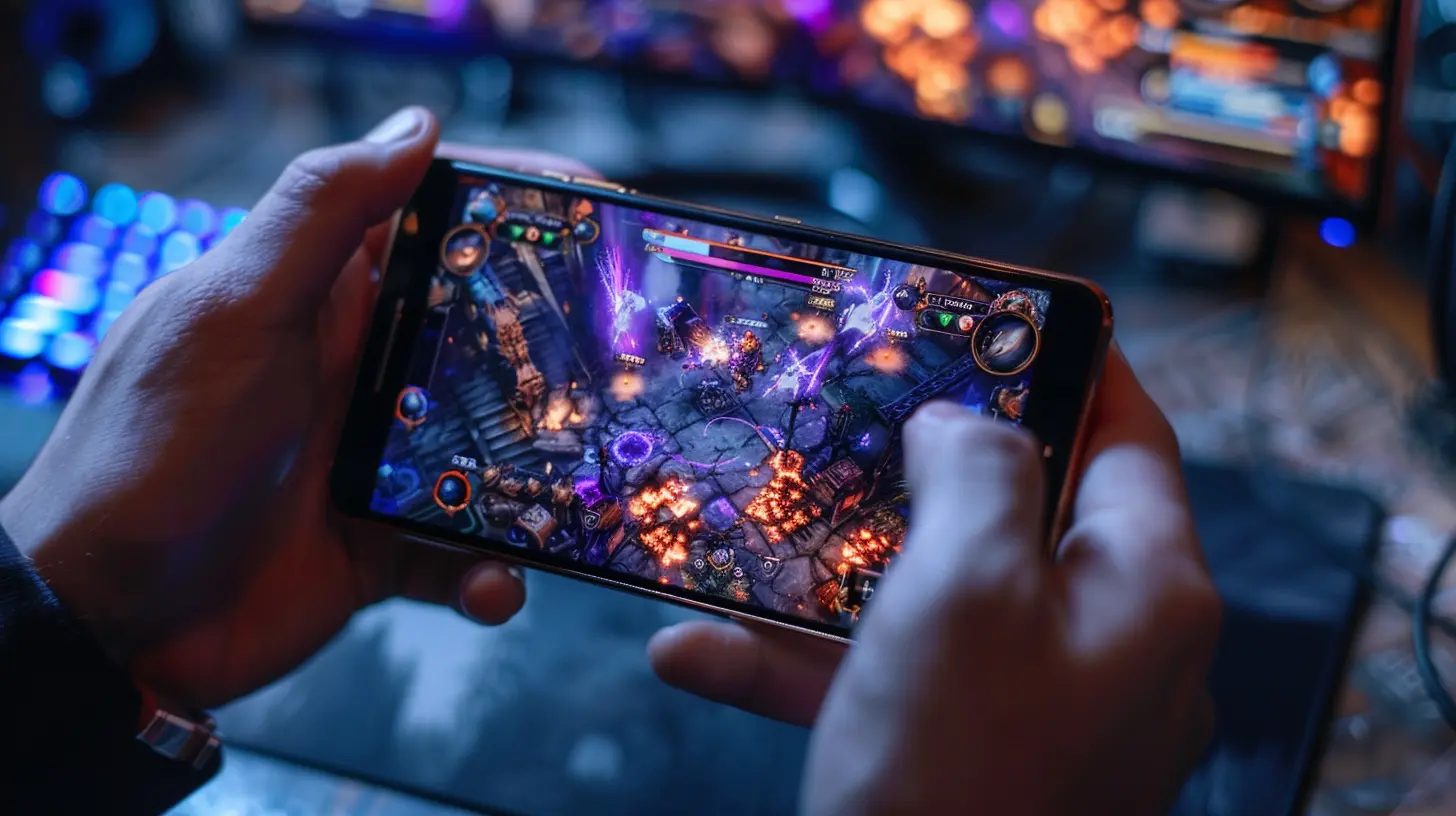
Optimization: The Devil in the Details
Optimization is the unsung hero of mobile game development. It’s like trying to shove a giant suitcase into a carry-on bin—every inch matters. Developers break down game assets, compress textures, and even rework entire engines to squeeze out every ounce of performance.Downscaling Graphics Without Losing 'Wow' Factor
This is where the real magic happens. Developers have to use tricks like texture compression, lower-poly models, and scaled-back particle effects to ensure the game still looks good—even if it’s not quite as detailed as its console counterpart. Imagine trading in a full buffet for a bite-sized snack. It doesn’t completely satisfy you, but it gets the job done.Take ray tracing, for example. It’s a fancy graphics technique that makes lighting and reflections look incredibly realistic—and it’s a staple of modern, high-end games. Implementing this on mobile hardware is a Herculean task. Some developers use lighter, “fake” versions of techniques like ray tracing to keep things running smoothly without sacrificing too much visual fidelity.
Game Engines Are Key
Another major piece of the puzzle is the game engine itself. Engines like Unreal Engine and Unity are constantly being updated to support mobile platforms. In fact, Unreal Engine 5 introduced tools specifically aimed at optimizing high-quality graphics for lower-end hardware. These tools give developers more wiggle room to bring AAA-level visuals to smartphones.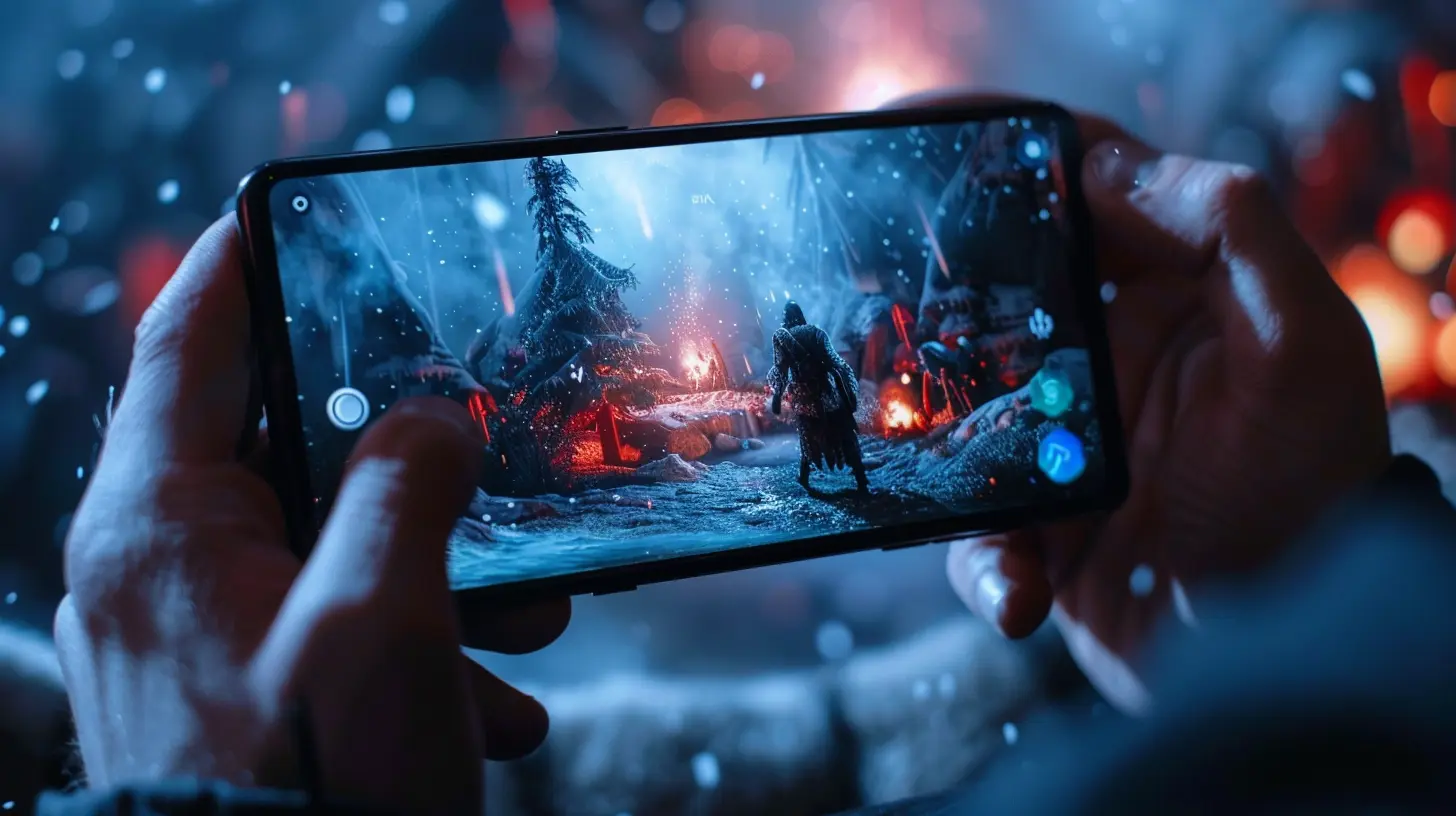
Storage Space: The Silent Killer
You know those massive 100GB games on PC and console? Yeah, that’s not going to fly on mobile. Most phones come with limited storage, and even those with expandable memory have to juggle apps, photos, videos, and more. Developers have to trim down file sizes significantly, which means cutting corners wherever possible.Texture Compression
Taking huge, highly detailed textures and shrinking them down sounds easy, but in reality, it’s a nightmare. Developers must strike a delicate balance, making sure the textures remain visually appealing without hogging all the storage.Streaming Assets
Another solution is streaming assets, where the game loads only the visuals you need in real-time. This minimizes storage requirements but increases the complexity of game design. After all, no one wants to deal with lag or pop-in textures halfway through a gaming session.Controls and Screen Size
High-end games are designed with controllers or a mouse and keyboard in mind. Now imagine squishing all of those intricate inputs into a touchscreen interface. It’s not just about graphics—it’s about how you connect with the game.UI Challenges
Developers have to rework user interfaces to fit on smaller screens without feeling cramped. It’s a bit like trying to rearrange furniture in a tiny apartment—everything has to fit just right, and there’s no room for clutter.Gameplay Mechanics
Some games even require gameplay tweaks to accommodate touch controls. Complex mechanics that work great on a controller might feel clunky or downright impossible on a touchscreen, so devs often simplify things to keep the experience enjoyable.The Financial and Time Costs
Let’s not forget the bigger picture—porting a game to mobile costs money. A lot of it. It’s a lengthy process that requires specialized developers, extra tools, and months (if not years) of work. For smaller studios, this might not even be financially viable. AAA studios can afford to invest in mobile ports, but even then, it’s a gamble. If the game doesn’t perform well, all that time and money go down the drain.The Future of Mobile Gaming Graphics
So, where do we go from here? Can we eventually expect console-level visuals on mobile platforms? The short answer is: maybe. Tech advancements like cloud gaming and more powerful mobile hardware are already bridging the gap between platforms. Services like NVIDIA GeForce NOW and Xbox Cloud Gaming let you stream high-end games on your phone. Granted, this isn’t a perfect solution (cloud gaming depends heavily on your internet connection), but it’s a hint at what could be possible.Final Thoughts
Porting high-end graphics to mobile platforms is a massive undertaking, full of challenges that most players never even think about. From hardware limitations to optimization headaches, every decision is a balancing act. But despite all of these hurdles, developers are making incredible strides. Just look at games like “Call of Duty: Mobile” or “Genshin Impact”—they’re proof that mobile gaming is no longer the “inferior” platform it used to be.The future looks promising, and one thing’s for sure: mobile gaming is only going to get bigger, better, and prettier. But the next time you’re blown away by a mobile game’s graphics, spare a thought for the devs who made it happen—they’re the real MVPs.

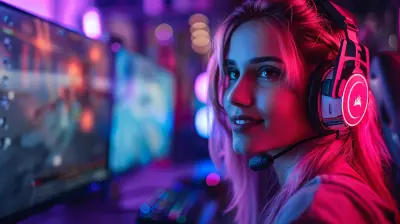

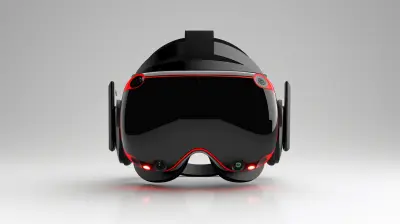
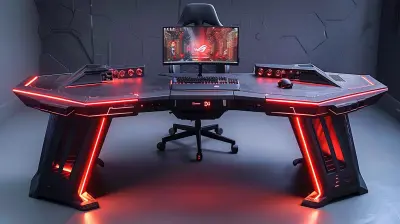

Ainsley Rogers
Mobile visuals: high ambitions meet hardware reality—an ongoing battle!
March 31, 2025 at 2:52 PM